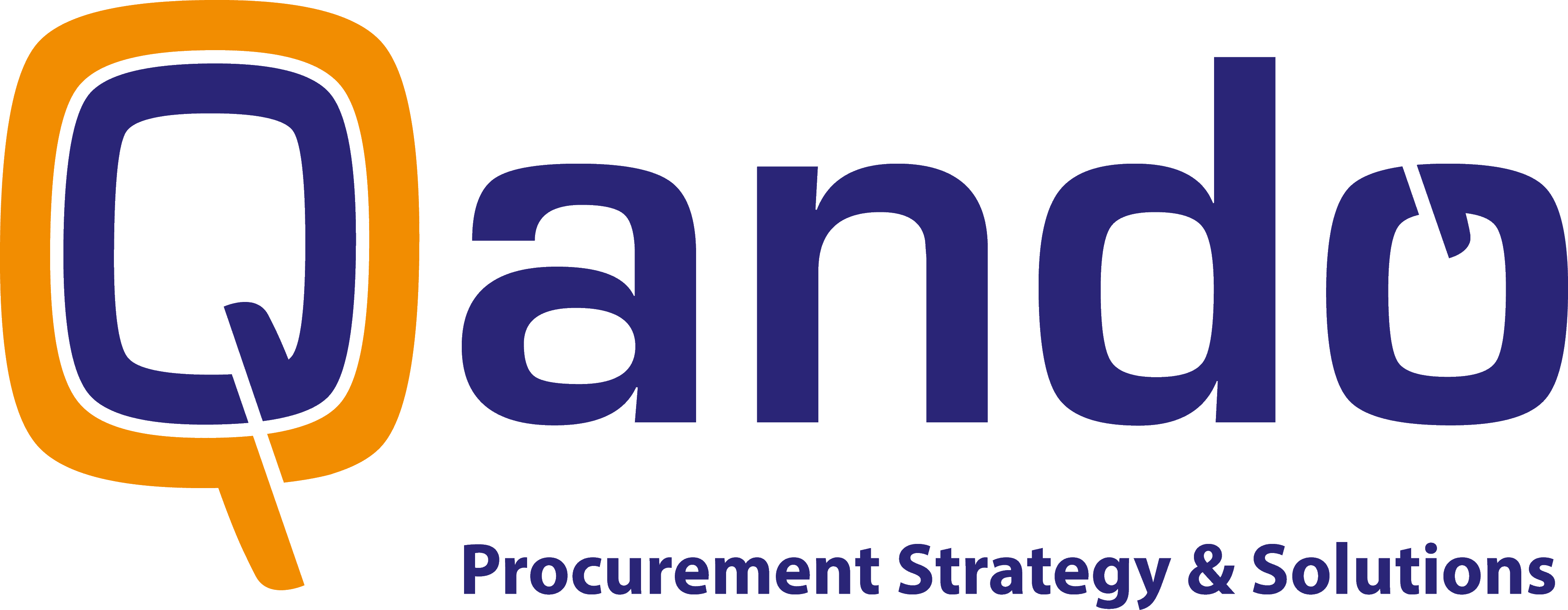When defining a project, the choice will be made to steer at low costs or at shortest lead time, while the scope variables and the level of quality remain the same. In the current economic state, time to market is often seen as the most important driver and thus a project will be time-driven. As a result, a project will not be executed at the lowest costs.
Costs and lead time cannot be seen separately: a longer lead time affects costs negatively through ongoing team costs, construction site costs etc. A shorter lead time ensures that less time will be invested in the design and less time will be spent in the purchasing process to investigate suppliers and negotiate prices and conditions. As a result, specifications will be less detailed and thus costs and risks will increase in the project.
In this article, we will argue from the theory of Williamson that also in a time-driven project sufficient time must be taken to define a good scope and sufficient time must be taken to agree right prices and conditions with suppliers, so that the goals of the project can be achieved.




